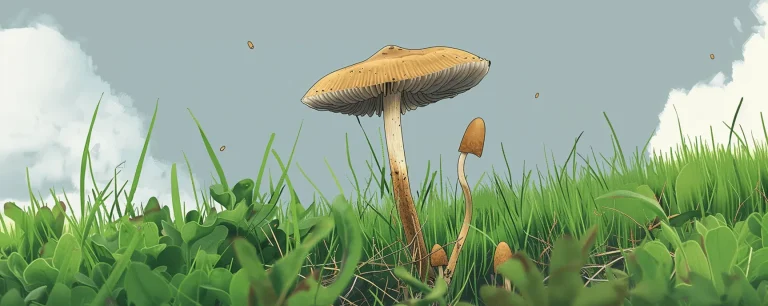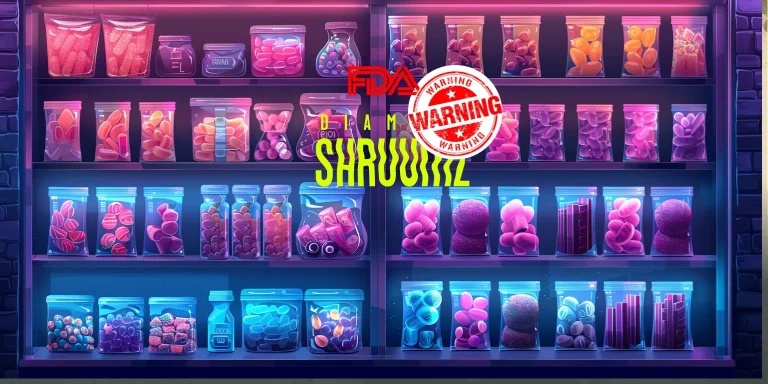For a few thousand dollars, you can become a shaman, according to author and neo-shaman Dr. Alberto Villoldo’s healing school, The Four Winds. Thousands of people are said to have studied with Villoldo over the past 25 years, “to dream a new world into being.” Villoldo’s website details how he sought to investigate the healing potential of what he calls energy medicine – and so, still in his 20s, he traveled to the Amazon and visited dozens of communities to learn how to “transform old pain, grief, anger, and shame to sources of strength and compassion.”(1)
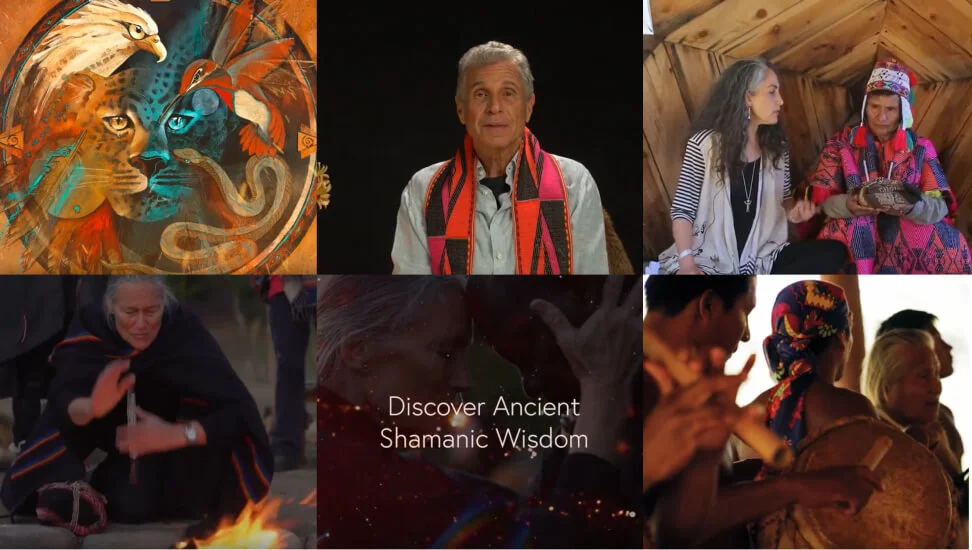
Now he’s on a mission to share his wisdom via a series of books, courses, and one targeted ad on social media at a time. Meant to drive interested parties to his organization’s website, his ads often feature animated depictions of indigenous women beating drums and offer potential students “life-changing” insight. According to the school’s website, these transformations are to be gained via the “world’s most thorough training in Shamanic Energy Medicine combined with cutting-edge practices in nutrition, biology, and neuroscience.” One might interpret that the school has found a way to bring shamanic medicine together with conventional methodologies.(1,2)
Is all of this feasible? The school’s #iamshaman publicity campaigns certainly make it seem so. Villoldo has written, or co-authored, dozens of books by publishers such as Hay House and Simon & Schuster. And according to some reviews, his teachings offer students value and wisdom. Yet, is it truly possible to take a course and, by doing so, become a shaman? What is shamanism? Can everyone and anyone be a shaman? Or is that notion antithetical to what shamanism is meant to be?(3)
(*It’s challenging to discern the full cost of training via the school’s website, but user reviews cite up to $10,000.)
Keep Up with Psychedelic Trends
Don’t miss the latest psychedelic news, events, companies, and more.
We respect and protect your privacy. By subscribing your info will be subject to our privacy policy. Unsubscribe easily at any time
The Origin Of The Word Shaman
What is certain is that two paths — learning shamanic traditions and practices directly from the indigenous custodians of ancestral knowledge, or a secondary source — are being pursued. This Western psychedelic resurgence has seen people searching outside of mainstream medicine for psychiatric relief from an ever-growing mental health crisis. Psychedelic ceremonies, shamanic rituals, and practices to connect and commune with nature are firmly in the ascendancy. Some coin it simply as reconnection, an attempt to return to a state of being that some feel was more in harmony with nature and the “spiritual world.”(4)
To understand what shamanism is, we have to go back to its very beginnings. The root word for shaman, which literally means “one who knows,” derives from a Tungusian language spoken by communities across parts of Siberia and Manchuria. The tribes would support a few such esteemed people who sought to heal the sick. Once chosen, this individual’s job would involve interpreting dreams or omens, and predicting the future (along with other responsibilities such as healing the sick and providing the community with guidance). This was generally enabled not through consuming any psychedelic medicine (the red and white spotted amanita muscaria mushroom being the local variety, which was sometimes used) but via the means of entering a feverish, “ecstatic or trance state” by dancing wildly to a deafening drumbeat. Often these events would end with the community’s spiritual leaders extolling what they felt were messages from gods, spirits, or ancestors.(5, 6)
A Classic Colonial Encounter
In the 18th century, outside explorers found the practices of Siberian shamans curious. Soon enough, the word was applied to individuals from a whole series of diverse communities across the world who worked with natural medicines (psychedelic and non-psychoactive), healing, and rituals.
“It’s a classic colonial encounter: the Western worldview being confronted with something ‘other’ and assuming there is a singular thing called shamanism,” writes ecology lecturer Andy Letcher in his book Shroom: a Cultural History of the Magic Mushroom. In Siberia, one alternative interpretation of the term is said to be “to set on fire” — a reference to the mastery of inner heat that is fundamental to the practices of shamans in the region.(7)
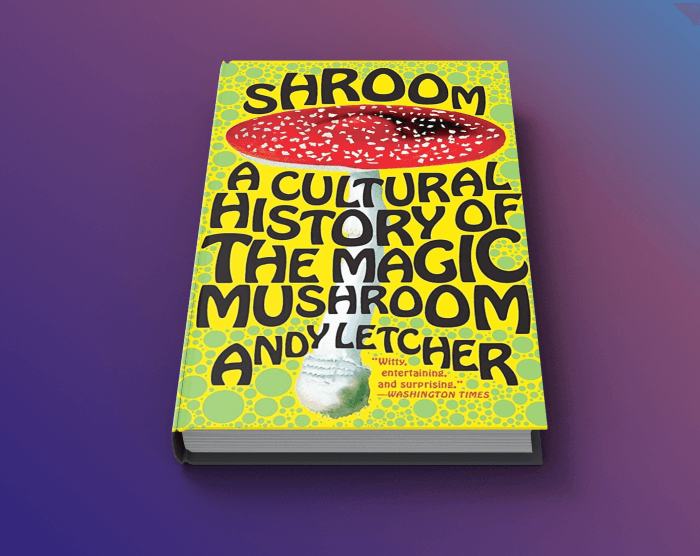
Elsewhere in the world, many such healers do not enter the same types of ecstatic trances. “Shamanism is not a religion. It’s a unique phenomenon,” said Akai Kynov via Reuters. Kynov is a shaman in the Altai Republic, far to the east of Moscow, and was speaking out against effectively grouping all shamanic tribes in Russia, never mind the entire world. Saying, “To unite us would be very difficult.”(8)
Outside of Northern Asia, the term shaman is, therefore, an “orientalist construct,” Letcher asserts in his book. Adding that it is, “applied willy nilly to a range of practices that we have deemed to be the same, regardless of how the practitioners see themselves.” Shamanism is often also conflated with animism — the distinct cosmology or belief system that everything has a spirit and is infused with intelligence.(5)
Keep Up with Psychedelic Trends
Don’t miss the latest psychedelic news, events, companies, and more.
We respect and protect your privacy. By subscribing your info will be subject to our privacy policy. Unsubscribe easily at any time
Thus, the specific words pertaining to each lineage — such as Marakame for the Wixarika tribe of Mexico, who use the peyote cactus as their sacrament, or Pajé for the Huni Kuin of Brazil, or N’ganja for the Bwiti of Gabon — are preferred by some, even though some indigenous traditions may use the term shaman due to its accessibility.(9, 10)
“We are beings that can communicate with tatewari [grandfather father],” says Wixarika Marakame Rosalia Lemus De la Rosa via the Wisdom Keepers Instagram page. “We manifest with grandfather fire to guide us, to teach us… We ask grandfather fire to take care of us and to allow us to be in a more harmonious world… We are in their hands, because they give us life.”(11)
There is some debate in the psychedelic resurgence about the use and application of these terms. “Indigenous voices and leadership have been notably absent from the Western psychedelic field, [which is] currently widely represented by Westerners,” says a recent paper published in a Lancet journal, co-authored by an indigenous-led group of practitioners, activists, scholars, lawyers, and human rights defenders.(12)
The paper highlights the need for reciprocity with indigenous communities that safeguarded the knowledge of some psychedelics — notably magic mushrooms in a remote part of southern Mexico. This could be an ideal time (particularly as psychedelics have the potential to engender a higher state of consciousness) to help redress the fact that 30% of the global poor are indigenous, despite making up just 6% of the population.(12, 13)
I spoke with Marlena Robbins, a member of the Native American Diné (Navajo) nation from Crystal, New Mexico, and a student fellow at Berkeley’s Center for the Science of Psychedelics at the University of California. When asked about participating in modern “shamanic” practices, Robbins says, “As an indigenous woman of color who has sat in ceremony with medicine people, I would not feel comfortable. I know the value of sitting with medicine people who have been in training since birth.”
“It was good because it introduced shamanism as a potential practice in the West, but really [he] lost the heart of it.”
According to Robbins, Diné culture does not use the term shaman. Instead, the Navajo word Hataalii is used to refer to the “ones who know,” or medicine people. She feels that, “people calling themselves shamans today, unless they come from Siberia, are doing more harm than good.” To be a healer is often to perform an extremely humble role in society. A concern for some is that today’s neo-shamans who market their work may be furthering a “capitalist mentality” in a space accessed by people who Robbins feels, “really want to heal.”
Which isn’t necessarily to say that the work that some neo-shamans offer isn’t of value. Nor is there an easy answer for how to offer healing to all, and provide for oneself and one’s family, within the construct of a system that demands that we all make money. The question is: how should healing work be presented and offered? Particularly when it exists outside of a regulatory framework. When someone goes to see a shaman, what can they expect? If someone were to title themselves as a shaman, what does that mean in terms of what they provide to those who seek their help?
The seed of the current moment was planted when American anthropologist Michael Harner published The Way of the Shaman: a Guide to Power and Healing in 1980, following his experiences with ayahuasca in Ecuador. Harner would group a number of similarities from various wisdom traditions together, while removing others — such as certain culturally specific aspects, including the names of practices and leaders. He made these adjustments in order to create his concept of core shamanism (a collection of universal teachings including shamanic journeying through achieving holotropic states — in which one enters an altered state of consciousness centered on healing). Seekers were then taught about his approach in his Foundation for Shamanic Studies.(9)

“He was trying to look at the techniques,” Jez Hughes, a shamanic healer and author from the U.K. tells me. “It was good because it introduced shamanism as a potential practice in the West, but really [he] lost the heart of it.” Hughes adds that, “the issue when shamanic practices are reduced to the base techniques is that they can effectively become therapies, when [in reality] one has to go far deeper to obtain the benefits.”
Some have criticized the way Harner transformed ancient medicinal and spiritual practices into an overarching postmodern invention. “For someone to come in, appropriate, copy, or create a hybrid version… It makes me wonder, ‘Who are you, what’s in your ancestral lineage, what’s calling you to do this work?’” Robbins says. Adding, “Westerners can heal their traumas and shift the residue of the atrocious acts of their forefathers, but not at the expense or appropriation of any group of people or culture.”
Hughes believes there is value in shared wisdom, as long as it’s treated with respect, and that there may be benefits to integrating aspects of different traditions into a body of work. “What I do is I use the classic shamanic techniques to go into trance, connect with spirits, remove sickness from people, and [conduct] soul retrieval,” he says of his work, which includes the psychedelic liberty cap mushrooms indigenous to Britain. “We can learn this in the West, but it’s important to spend time with indigenous people, especially those from unbroken lineages.”
(Unbroken lineages are those in which there has never been a break in the transmission of knowledge from generation to generation.)
The path to becoming a healer in such communities often followed a similar trajectory: a person is identified by their peers and elders due to the exhibition of unusual abilities in their youth, or they endure a serious initiatory illness (or trauma) in which they connect with the spirit world and are effectively forced onto a shamanic path.
In the West, people can and do become healers, whether they are using psychedelics or not (as non-plant esoteric practices often suffice). They may have been inspired to heal because they, themselves, have suffered and needed recovery. However, the word shaman or even neo-shaman has been spread thin enough that it can lack clarity, while still inviting a sacred kind of trust. It’s that dichotomy that has the potential to create pain points. Is the word shaman being used when tripsitter or guide might be more appropriate in the case of psychedelic use?(14)
“In the original sense the term shaman designates a specialist of circumpolar hunting or herding cultures who enters into trances and goes on “soul journeys” in which contact is made with spirits and healing is sought.”
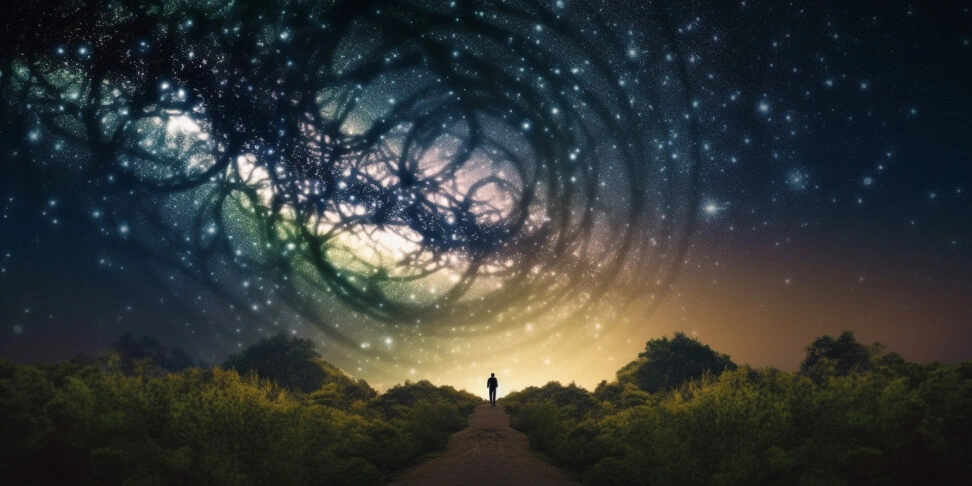
A One Way Ticket to a Life of Service
“I had a convulsive seizure at age 14, and that opened me up to quite a profound altered state of consciousness,” says Hughes. “I had no idea at the time, but I suppose it was what they call a peak experience. The spirits basically called me, as they do to people usually around adolescence.” For 17 years, he suffered a series of seizures, a minor psychotic break, extreme anxiety, and panic attacks. “I was looking for something to heal myself, and I went through a lot of traditions — some of which made everything a lot worse, particularly meditation, and then I discovered shamanism.”
Hughes has studied with communities throughout the world during his 25-year-long path. “To fulfill this role, you will need at least seven years training, but it’s a life’s path,” he says. He offers shamanic training through his school Second Sight Healing, but only around 10% of graduates are called to practice the teachings in a formal way, “because the spirits are calling.” He himself has mostly trained with the Wixarika of North-Central Mexico, who use the psychedelic cactus peyote as their sacrament, following long-held and uninterrupted traditions.
In Siberia, shamanism is still practiced in the region — chiefly near the Russia-Mongolia border — despite Stalin violently imposing a rigidly atheist and collectivized Russian-language culture upon a tribal system. Shamans were systematically sent to brutal labor camps or simply killed, but there has been a post-communist revival.(15,16)
Elsewhere in the world, practices based on shamanic-style indigenous beliefs are increasingly influencing popular culture. Whether it be plant medicine ceremonies (attended by Will Smith, Aaron Rodgers, Megan Fox, and a whole host of people from all walks of life, from the notable to the everyday), or through the employment of ancestral techniques to realize a more symbiotic relationship with nature. In the UK, the 2021 census revealed that some 8,000 people now identify as shamanic — a 12-fold jump from 2011.(17)
In an interview published the The Guardian, Rhonda McCrimmon, a shamanic practitioner and founder of the Center for Shamanism, said, “I think Covid played a big part because it made people question what was important in their lives at a time when the only way they could entertain themselves was by going outside.” Adding that, “shamanism takes you directly to the source of the divine in nature-based spirituality, empowering people to take responsibility for their own health and wellness.”(18)
This lines up with other trends in which new age, spiritualist, and non-Western traditions are becoming more and more popular. Yoga and meditation are increasingly in vogue. Consciousness-centered events such as Medicine Festival are ascending. And Wisdom Keepers (another name for traditional medicine and spirituality practitioners) are often guests of honor at Burning Man, Glastonbury, and Boom festivals.(19)
Add to that, the annual UN permanent forum on indigenous issues, established in 2002, is increasingly attracting coverage. Indigenous facilitators are also traveling the world and sharing their medicines and songs with tens of thousands of seekers, psychonauts, and sick people. The globalization of plant medicines and neo-shamanism is steadily gaining ground, with people from all walks of life increasingly intrigued, and looking for something new.
To save the planet, “don’t we all need to become shamans, whether you call it that label or not,” says Davina Mackail, a healer who pursued the shamanic path after a near-death experience as a result of severe altitude sickness in Tibet. “There’s the great myth that you should never call yourself a shaman. Only someone else can call you a shaman,” she adds. (Perhaps you can only be a shaman if communities — or spirits — in Siberia decide you are one and you undergo the requisite several years of on-site training.) Mackail says that “the way most people get around it is by calling themselves a shamanic practitioner or healer.”
But Mackail takes issue with those who do a weekend course and call themselves shamans thereafter. She feels that word implies wisdom, training, and, importantly, dedication. People may offer their trust to someone who calls themselves a shaman in a unique and vulnerable way. Mackail cautions that, “it’s dangerous if people that can manage to hold their space in plant medicine ceremonies think, ‘Oh, this isn’t too bad, all I’ve got to do is smudge someone and sing a few songs. This looks like a pretty easy way to live,’ and decide to host their own ceremonies.”
There’s a big difference between tripsitting your friend’s LSD journey and holding a group of potentially vulnerable people under the influence of large doses of psychedelic plants. Mackail feels this is, “deeply frightening because it takes years to understand what you’re actually holding, and the training comes in when something goes wrong.”
A Neo-Shaman by Any Other Name
Andy Letcher believes neo-shamanism can be many things. “It might involve medicines. It might not. It might involve drumming, it might not,” Letcher tells me. He suggests framing it around one’s own history. As for himself, that is centered in Europe. “We’ve got endless archaeological monuments, stone circles, and burial mounds,” he says. “That’s where we find these memories.”(7)
Re-framing around one’s own ancestral memory would (potentially) avoid Western figures, in a search for authenticity amid starkly unequal power structures, ending up repeating the same mistakes: “Either romanticizing or universalizing indigenous people, or appropriating from them,” Letcher (who also has doctorates in ecology, and religious and cultural studies from Oxford and King’s College London), says. Everything, he believes, begins somewhere. “Let’s just start making our own traditions,” he suggests, speaking from a Western perspective, “our own ceremonies.”
This eventuality may not be that far off. After all, young people around the world are interested in healing, psychedelics, and new ways of thinking. Perhaps, with a little guidance, and some helpful context, we may see a new generation take the reins and begin laying the foundation for what could be centuries of original (if inspired) healing traditions. Letcher certainly thinks so. “We’ll get it wrong, we’ll make mistakes, but give it a few generations, and you’ve got a tradition,” he says. And maybe he’s onto something. The only thing we know for sure is that “shamanism,” as it is most often used within the psychedelic community, likely isn’t quite right. Perhaps it’s time to be more precise (tripsitter, guide, coach) in some instances. Or, conversely, find a new term that describes a person who has years of training and deep spiritual acumen – a word that is not burdened by a history of misunderstanding and loose application.
Sources

1. The Four Winds Society. (n.d.). Energy Medicine Training. The Four Winds Society. https://thefourwinds.com/energy-medicine-training/
2. Facebook. (n.d.). Facebook Ad Library. https://www.facebook.com/ads/library/?active_status=all&ad_type=all&country=ALL&view_all_page_id=64423413086&search_type=page&media_type=all
3. The Four Winds Society. (2021, September 27). Photos from The Four Winds Society’s post. Facebook. https://www.facebook.com/TheFourWindsSociety/photos/a.173561238086/10158713436353087/?type=3
4. The White House. (2022, March 1). Fact Sheet: President Biden to Announce Strategy to Address Our National Mental Health Crisis as Part of Unity Agenda in His First State of the Union. https://www.whitehouse.gov/briefing-room/statements-releases/2022/03/01/fact-sheet-president-biden-to-announce-strategy-to-address-our-national-mental-health-crisis-as-part-of-unity-agenda-in-his-first-state-of-the-union/
5. Diószegi, V. and Eliade, M. (2022, December 20). shamanism. Encyclopedia Britannica. https://www.britannica.com/topic/shamanism
6. United States Department of Agriculture. (n.d.). Ethnobotany – Mind and Spirit – Amanita muscaria (fly agaric). US Forest Service. https://www.fs.usda.gov/wildflowers/ethnobotany/Mind_and_Spirit/flyagaric.shtml
7. Mead, M. (1964). Shamanic Experience: A Practical Guide to Psychic Powers. Dell.
8. Sokhareva, N., & Ferris-Rotman, A.. (2009, May 5). Russian vote for “supreme shaman” splits community. Reuters. https://www.reuters.com/article/us-russia-shamans-elections-idUSTRE54442T20090505
9. Harner, M. (1980). The Way of the Shaman. HarperOne. https://www.harpercollins.com/products/the-way-of-the-shaman-michael-harner?variant=32123113472034
10. The Canadian Encyclopedia. (2020, December 10). Shaman. https://www.thecanadianencyclopedia.ca/en/article/shaman
11. The Academy of Ancient Magik. (2021, December 1). Magic mushrooms! Legalization in Canada? [Instagram Reel]. Instagram. https://www.instagram.com/reel/CmEo3A6o3yc/?igshid=YmMyMTA2M2Y%3D
12. Celidwen, Y., Redvers, N., Githaiga, C., Calambás, J., Añaños, K., Chindoy, M. E., Vitale, R., Rojas, J. N., Mondragón, D., Rosalío, Y. V., & Sacbajá, A. (2023). Ethical principles of traditional Indigenous medicine to guide western psychedelic research and practice. The Lancet Regional Health – Americas, 18, 100410. https://doi.org/10.1016/j.lana.2022.100410
13. Chew, C.-C., Lim, X.-J., Low, L.-L., Lau, K.-M., Kari, M., Shamsudin, U. K., & Rajan, P. (2022). The challenges in managing the growth of indigenous children in Perak State, Malaysia: A qualitative study. PLOS ONE, 17(3), e0265917. https://doi.org/10.1371/journal.pone.0265917
14. Foundation for Shamanic Studies. (n.d.). Core Shamanism Workshops. https://www.shamanism.org/workshops/coreshamanism.html
15. Krippner, S. (2000). The epistemology and technologies of shamanic states of consciousness. Journal of Consciousness Studies, 7(11-12), 93-118.
16. Chapple, A. (2016, September 16). The Shaman Of Siberia. RadioFreeEurope/RadioLiberty. https://www.rferl.org/amp/shaman-of-siberia/27992537.html
17. Sedon, S.. (2022, November 29). Census 2021: Thousands converting to shamanism in England and Wales. Metro. https://metro.co.uk/2022/11/29/census-2021-thousands-converting-to-shamanism-in-england-and-wales-17845260/
18. Dewan, A. (2022, December 3). ‘The shaman asks my spirit guides to gently cleanse me’. The Guardian. https://www.theguardian.com/world/2022/dec/03/the-shaman-asks-my-spirit-guides-to-gently-cleanse-me
19. Wei, M. (2016, March 7). New survey reveals the rapid rise of yoga and why some people still haven’t tried it. Harvard Health Publishing. https://www.health.harvard.edu/blog/new-survey-reveals-the-rapid-rise-of-yoga-and-why-some-people-still-havent-tried-it-201603079179
This material is not intended as a replacement or substitute for any legal or medical advice. Always consult a medical professional about your health needs. Psychedelics are widely illegal in the United States, and readers should always be informed about local, state, and federal regulations regarding psychedelics or other drugs.
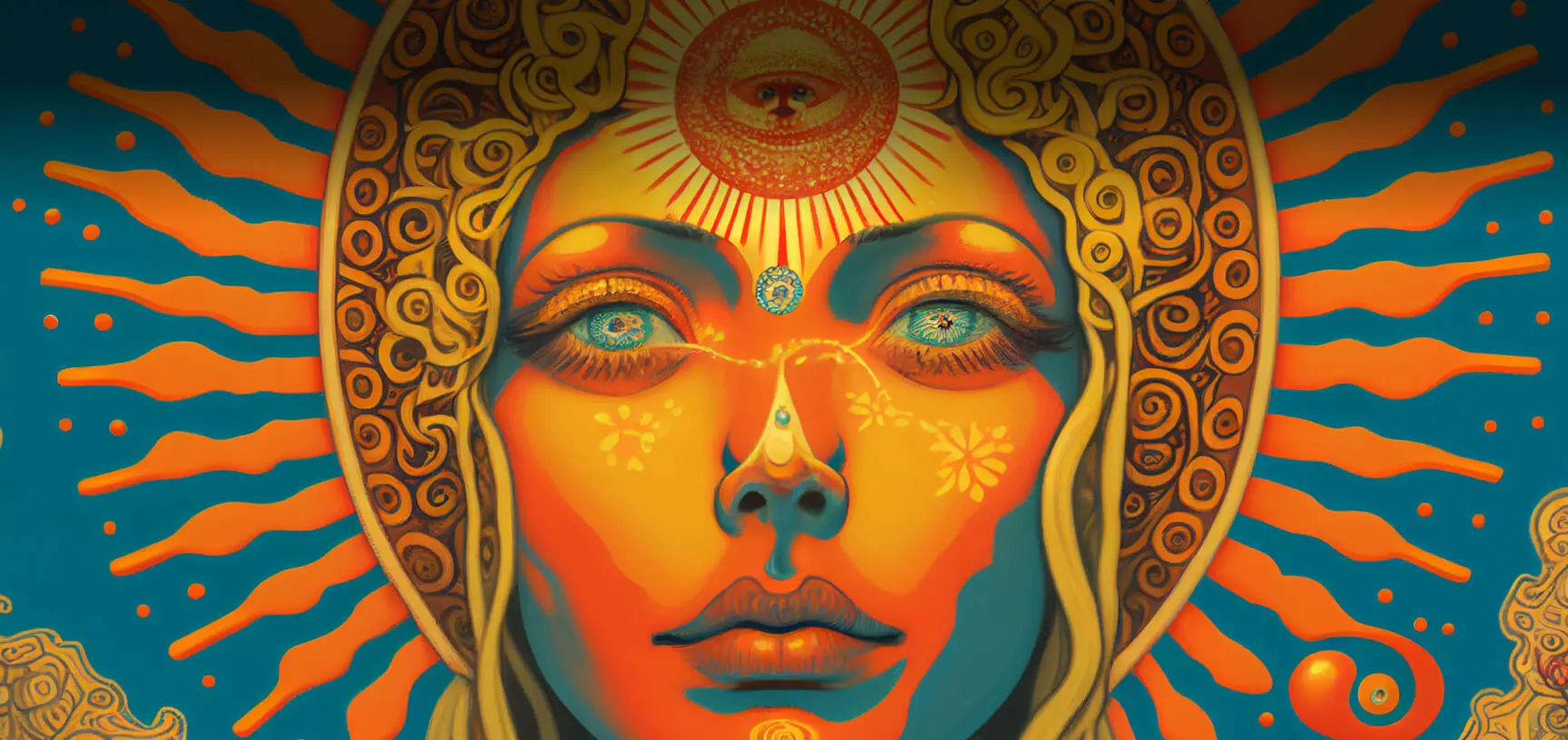
 Mattha Busby
Mattha Busby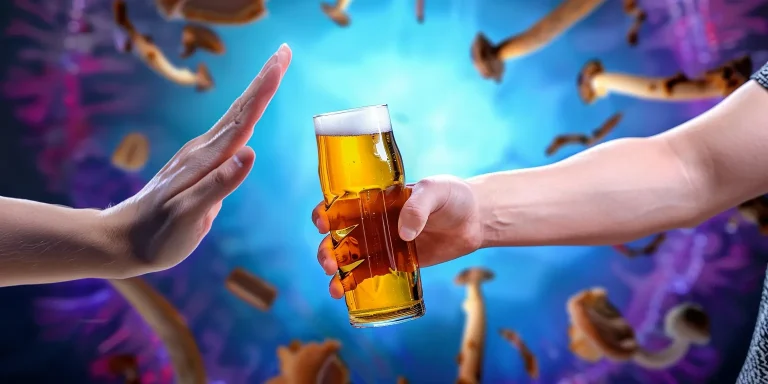
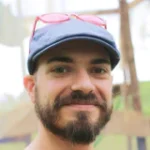 David Connell
David Connell